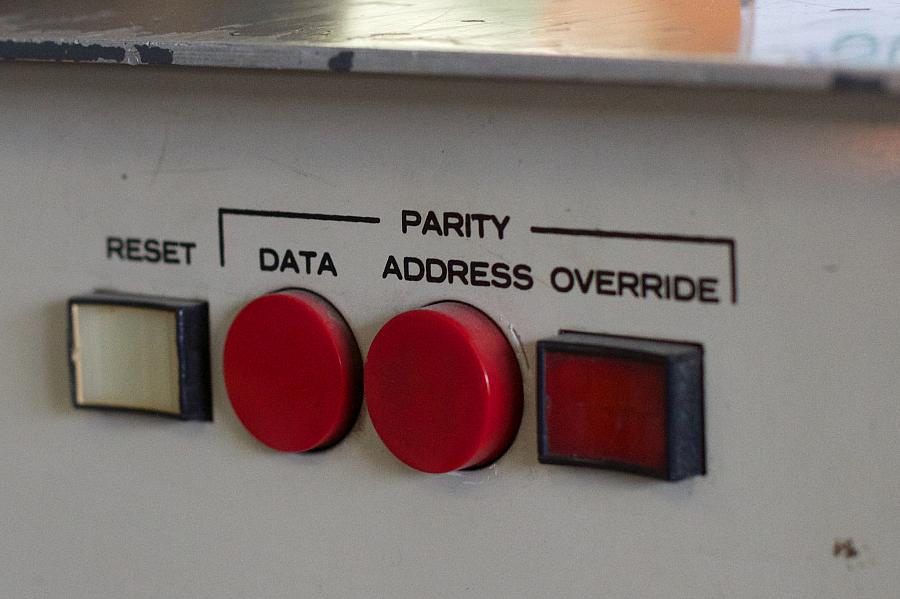Despite gains, mental health still separate but unequal from rest of health care system

The back of a standard health insurance card might have three phone numbers: one for medical claims, one for pharmacy claims, and one for mental health services. When you look at the “Find a Doctor” section of a typical health insurance website, you can often choose among allergists, gastroenterologists, even hyperbaric medicine physicians — but not psychiatrists or psychologists.
Why is mental health care so walled off when the National Institute of Mental Health tells us that 18 percent of all adults have some kind of mental illness, whether anxiety, depression, or agoraphobia? Having and seeking care for a mental illness already carries enormous stigma. We abuse the vernacular of psychiatry in our daily lives — calling people “psycho” as an insult, trivializing “schizophrenic” by using the word to describe a busy day or shifting attitudes, calling an emotional person “bipolar” to hurt her. Surely health insurers don’t mean to imply that mental health care can’t even fraternize on the same web page or phone line as heart attacks and pink eye. And medical schools perpetuate the idea of mental health problems as “fringe.” Running jokes about students who apply to psychiatry residencies include: “It takes a crazy person to work with crazies,” “Couldn’t get into a real specialty,” and, for male applicants, “Gay.” Hardly the kind of attitude you’d want to attract the best and brightest to a mental health calling.
A 2015 article in Managed Care provides some insight. In the 1950s, writes contributing editor Joe Burns, the mentally ill lived in institutions. The advent of safety net medical insurance programs like Medicare and Medicaid coincided with many of these institutions closing their doors, and so people received mental health care in hospitals or from community doctors. But managed care programs became popular in the 1980s, and as a cost-cutting measure, insurers decided to outsource the financial management of mental health care to for-profit companies, who would oversee the rationing of care and cost analyses for the insurance company. Sometimes, if the outside company saved a certain amount of money, it would get a bonus from the insurance company.
So began the separation of mental health from “regular” health care. Such outsourcing was referred to as “carve-outs.” Many have since argued that whatever cost savings that resulted have been overshadowed by the social and financial costs of untreated mentally ill people becoming destitute and homeless, or landing behind bars when they commit crimes. If unlimited mental health care suddenly became available to all, overcrowded prisons and skid rows would lose many of their inhabitants.
Mental health disparities start with the different phone number to call on the insurance card and continues with limited insurance company payments to doctors and psychologists, which drives them out of many insurance networks and into lucrative private practices. That’s why it’s so hard for patients to find a psychologist or psychiatrist. The few that are in-network can have months-long waiting lists. We somehow accept this, while the same waiting time to see an in-network OB-GYN would have people up in arms. On the flip side, many mental health patients are on Medicaid due to an inability to work or hold down a job, and the poorly paid doctors covering Medicaid clinics can be overwhelmed.
The U.S. has recognized this mental health disparity, and, though it took nearly 20 years to get started, has passed a federal parity law that require health insurance companies to cover mental health in a fair manner. Before that, some insurance companies had provided plans without any mental health coverage at all. One could get an angioplasty in-network but would have to pay cash to see someone about depression. But, as NPR’s Audie Cornish reported last year, some insurance companies are still refusing to allow the same number of doctor visits for mental health as they would allow for diabetes or high blood pressure — an enduring disparity in care.
Burns goes so far as to invoke the Plessy v. Ferguson case in talking about the unacceptable way the U.S. handles mental health — separate but “equal,” even though it’s often nothing of the sort. Psychiatric diseases are at epidemic levels, and with the increased stresses of the modern age —job losses, isolation, aging — will only become more prevalent and more disabling in nature. It’s high time that we give patients the kind of mental health they deserve.
[Photo by Alan Levine via Flickr.]

